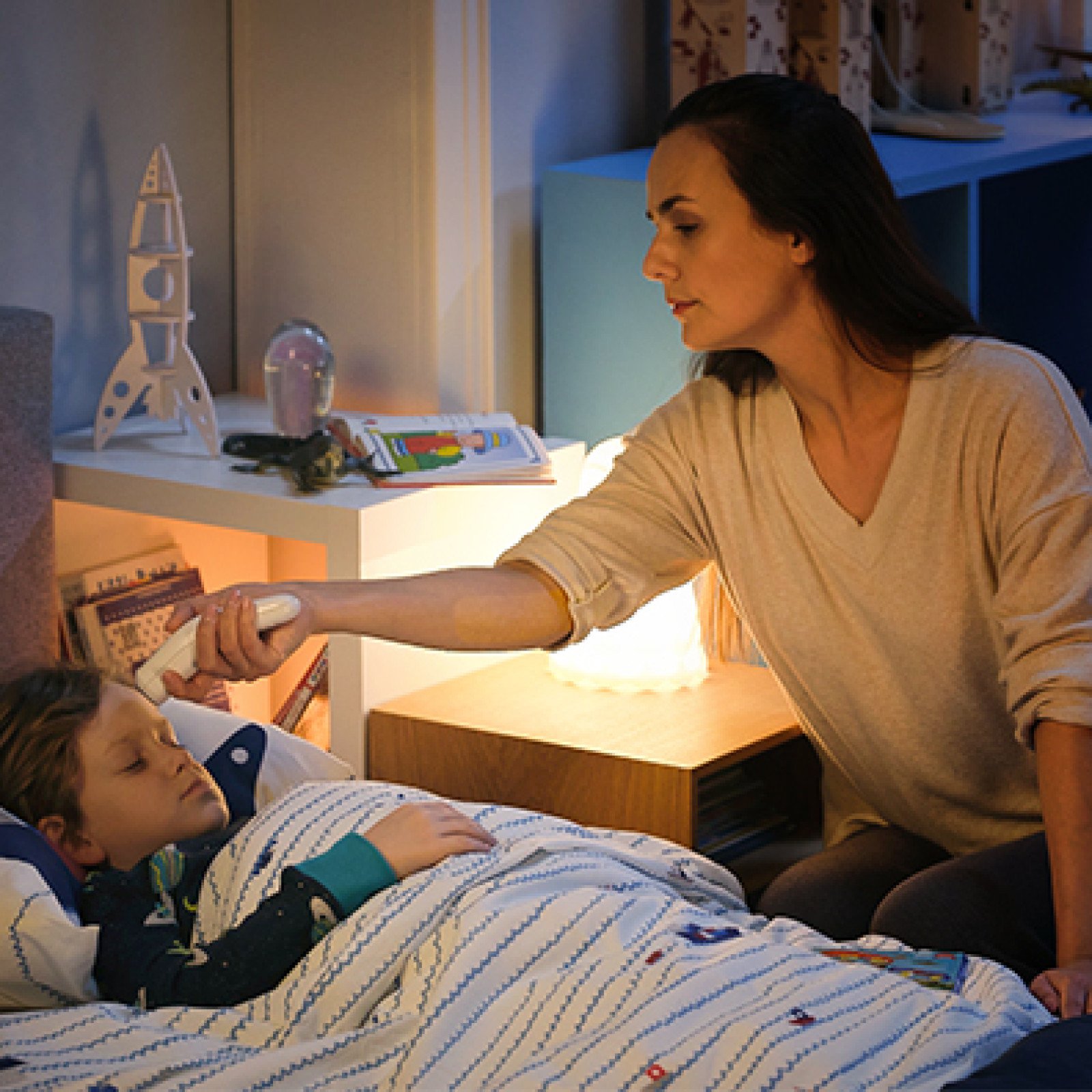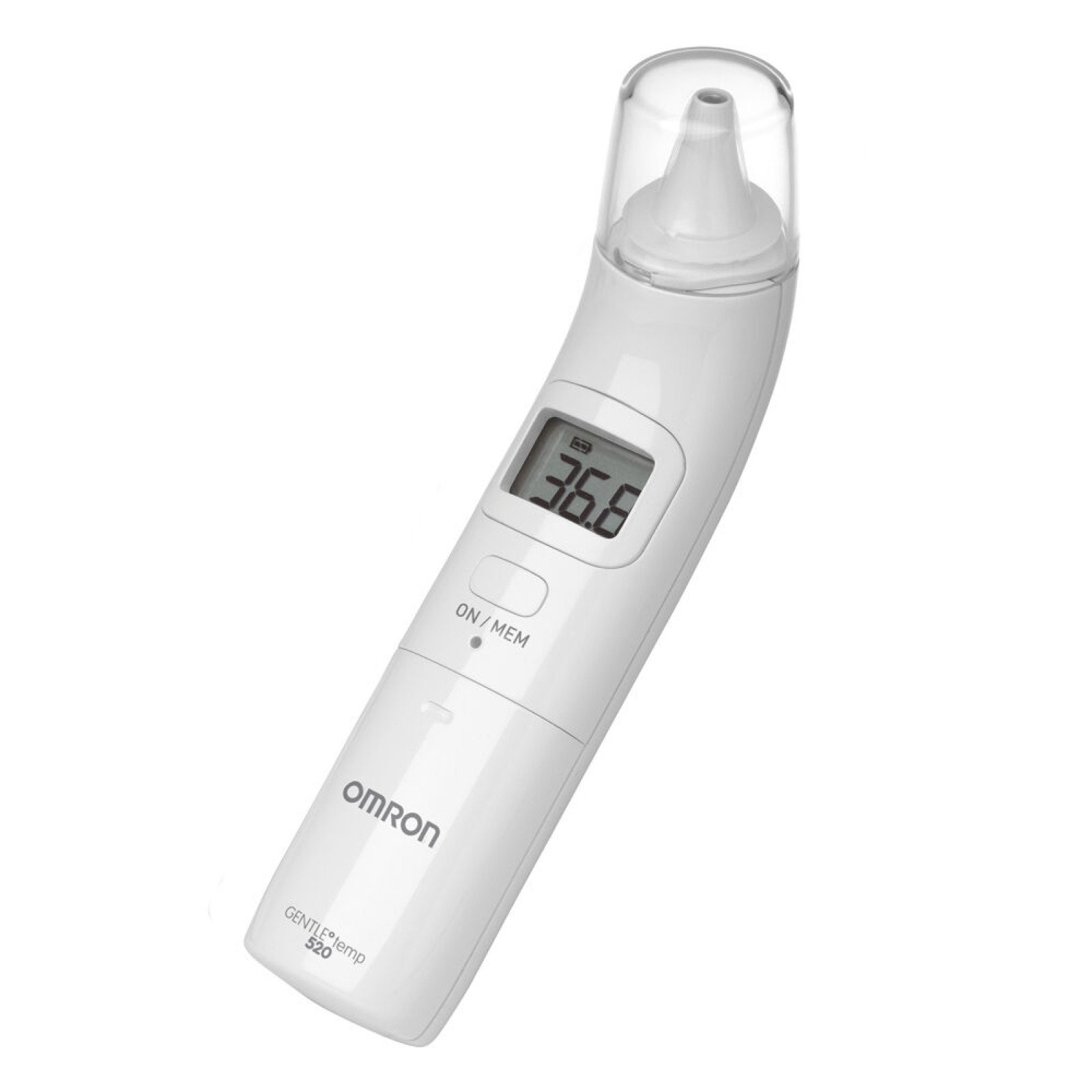
Common Problems
Monitoring Body Temperature in Children: A Guide for Parents
As parents, understanding your child's health is vital, and monitoring body temperature is a key aspect of this. Fever can signal that your child’s body is fighting an infection, and knowing how to track it effectively equips you for the challenges of parenting. With the right tools and tips, you can approach fever management with confidence.

Why Monitoring Body Temperature Matters
Tracking your child's temperature allows for early detection of potential illnesses. Subtle shifts can indicate the onset of a fever, giving you insight into your child’s health patterns. By regularly monitoring their temperature, you take a proactive step in ensuring their wellness.
Temperature checks offer several benefits:
Early detection of illness.
Assessment of fever severity.
Monitoring treatment response.
These insights empower you as a parent, allowing you to take informed actions while providing peace of mind.
Understanding Normal and Fever Temperatures in Children
Children's normal body temperatures typically range from 97°F (36.1°C) to 100.4°F (38°C). It's crucial to know your child’s baseline temperature to identify any deviations accurately. A temperature above 100.4°F indicates a fever, reflecting the body’s response to infections.
Temperature Guidelines:
Normal: 97°F to 100.4°F (36.1°C to 38°C)
Fever: Above 100.4°F (38°C)
Understanding these guidelines helps you manage fever effectively. Keep in mind that various factors can influence your child's temperature, which is why regular monitoring is essential.
Types of Thermometers: Choosing the Right Baby Thermometer
Selecting the correct thermometer is crucial for accurate readings. Here are the most common types to consider:
Digital Thermometers: Versatile and user-friendly, suitable for all ages.
Rectal Thermometers: Highly accurate for infants; recommended for newborns.
Ear Thermometers: Convenient for older children; not suitable for infants under six months.
Forehead Thermometers: Non-invasive and easy to use for quick readings.
Summary of Thermometer Types:
Digital: Accurate for all ages.
Rectal: Best for newborns.
Ear: Quick results for older children.
Forehead: Simple and non-intrusive.
Choosing the right thermometer enhances your child's health monitoring experience.
How to Take Your Child's Temperature: Step-by-Step by Age
Accurate temperature readings vary by age. Here’s how to take your child's temperature effectively:
0–3 Months: Use a rectal thermometer, ensuring it's lubricated and inserted gently.
3 Months–4 Years: Rectal or digital thermometers work best. For underarm readings, keep the arm pressed against the body.
4+ Years: Oral thermometers can be used; ensure your child keeps their lips closed.
Older Children: Ear thermometers are effective; ensure proper ear positioning.
General Steps for Accurate Measurement:
Maintain a calm environment.
Follow instructions specific to the thermometer you choose.
Ensure all devices are sanitized before use.
These practices help in achieving reliable readings and enable you to make informed health decisions.
Tips for Accurate Temperature Measurement
To ensure the accuracy of your readings, follow these essential tips:
Keep your child calm and still during measurements.
Wait 15 minutes after eating or drinking for oral readings.
Ensure the thermometer tip is clean.
Consistent use of proper techniques enhances reliability and contributes to effective health management.
Recognizing and Managing Fever in Children
Recognizing fever is crucial. Look for signs such as a warm forehead, irritability, and fatigue. Here’s how to manage a fever effectively:
Key Symptoms of Fever:
Warm or flushed skin.
Sweating or chills.
Increased tiredness or fussiness.
Essential Steps for Managing Fever:
Monitor temperature regularly.
Ensure your child stays hydrated.
Follow dosage instructions if administering fever-reducing medication.
Knowing when to intervene can significantly impact your child’s health.
When to Call the Doctor: Warning Signs and Red Flags
It’s essential to know when to seek medical help. High fevers, specifically those above 104°F (40°C), or fevers lasting more than three days require immediate attention.
Critical Signs to Seek Medical Help:
Fever over 104°F (40°C).
Persistent fever beyond three days.
Difficulty breathing or unusual rash.
Trust your instincts. If something feels off, seek professional advice. Prompt action can make a significant difference.
Fever Management in Children: What Parents Can Do at Home
Managing a fever at home doesn't have to be overwhelming. Start with maintaining comfort through hydration and light clothing. Medication, like acetaminophen or ibuprofen, can help reduce fever. Always adhere to dosing guidelines.
Tips for Home Management:
Ensure fluid intake.
Dress your child in light clothing.
Provide a calm and restful environment.
Combining these methods fosters a supportive environment for recovery.
Modern Tools for Child Health Monitoring
Emerging technology simplifies health monitoring. Smart thermometers allow for seamless data tracking, empowering parents to stay informed and organized. Benefits include Bluetooth connectivity, user-friendly apps, and gentle measurement techniques.
Features to Look for in Thermometers:
Smart connectivity options.
Intuitive apps for data tracking.
Accurate measurement capabilities.
These modern tools provide reassurance and simplify health management.
Building Healthy Habits: Preventing Illness and Empowering Kids
Establishing healthy routines enhances your child’s well-being. Encourage daily habits that prioritize health, such as regular handwashing, balanced nutrition, and adequate sleep.
Health Tips for Kids:
Maintain proper hygiene.
Encourage a balanced diet.
Ensure sufficient rest.
By nurturing these habits, you equip your child for a healthier future.
Confidently Caring for Your Child's Health
Monitoring your child's body temperature plays a vital role in proactive health management. With OMRON Healthcare’s commitment to quality health solutions, you can feel empowered to take charge of your child’s well-being. Staying informed allows you to handle health challenges with confidence. Together, let’s create a healthier future for our children.
Approval Code: OHEAPP-897
Related Products
References
NHS – Fever in children
https://www.nhs.uk/conditions/fever-in-children/
NHS – How to take your child's temperature
https://www.nhs.uk/common-health-questions/childrens-health/how-should-i-take-my-childs-temperature/
NHS – When to seek medical help for a child with a high temperature
https://www.nhs.uk/conditions/fever-in-children/#when-to-get-medical-advice
Great Ormond Street Hospital for Children (GOSH) – Fever in children
https://www.gosh.nhs.uk/conditions-and-treatments/general-medical-conditions/fever/
Public Health England (now part of UKHSA) – Protecting your child’s health: fever guidance
https://assets.publishing.service.gov.uk/government/uploads/system/uploads/attachment_data/file/720504/PHE_fever_leaflet.pdf


